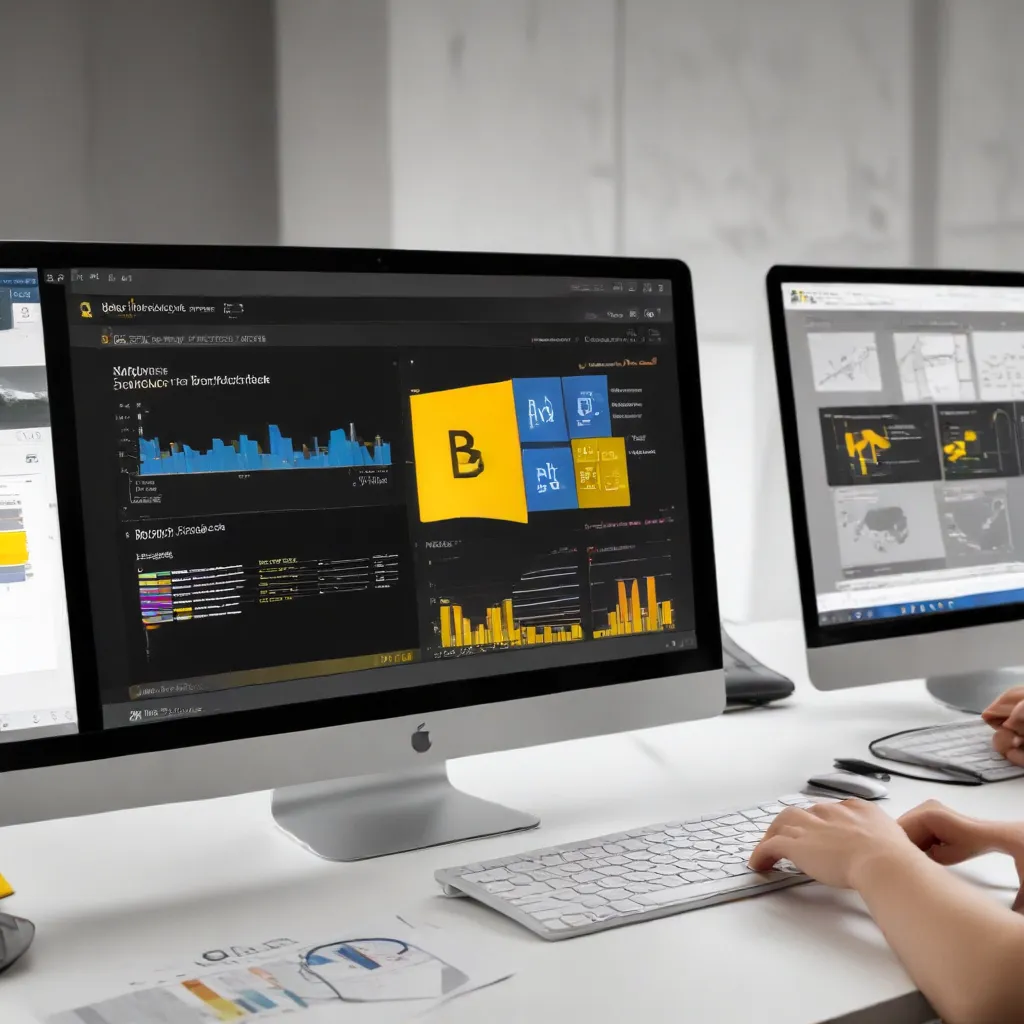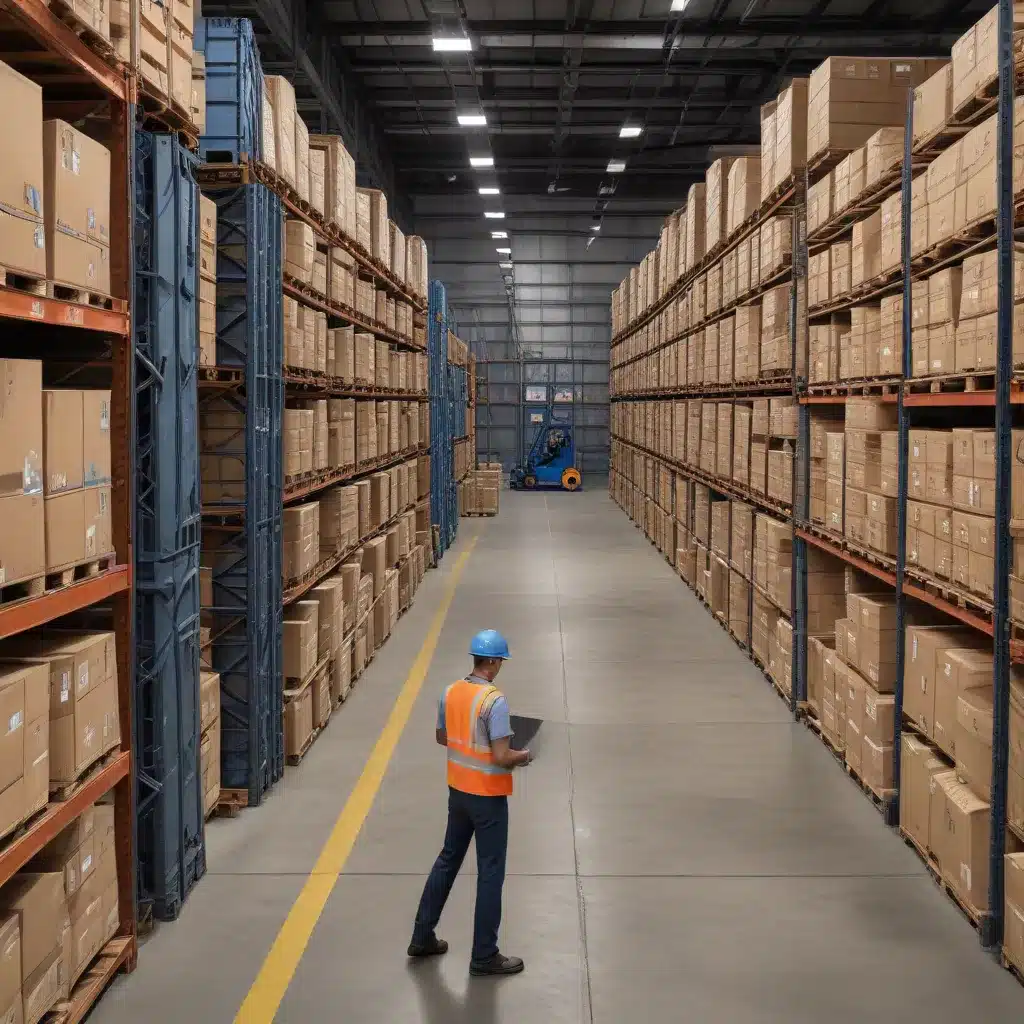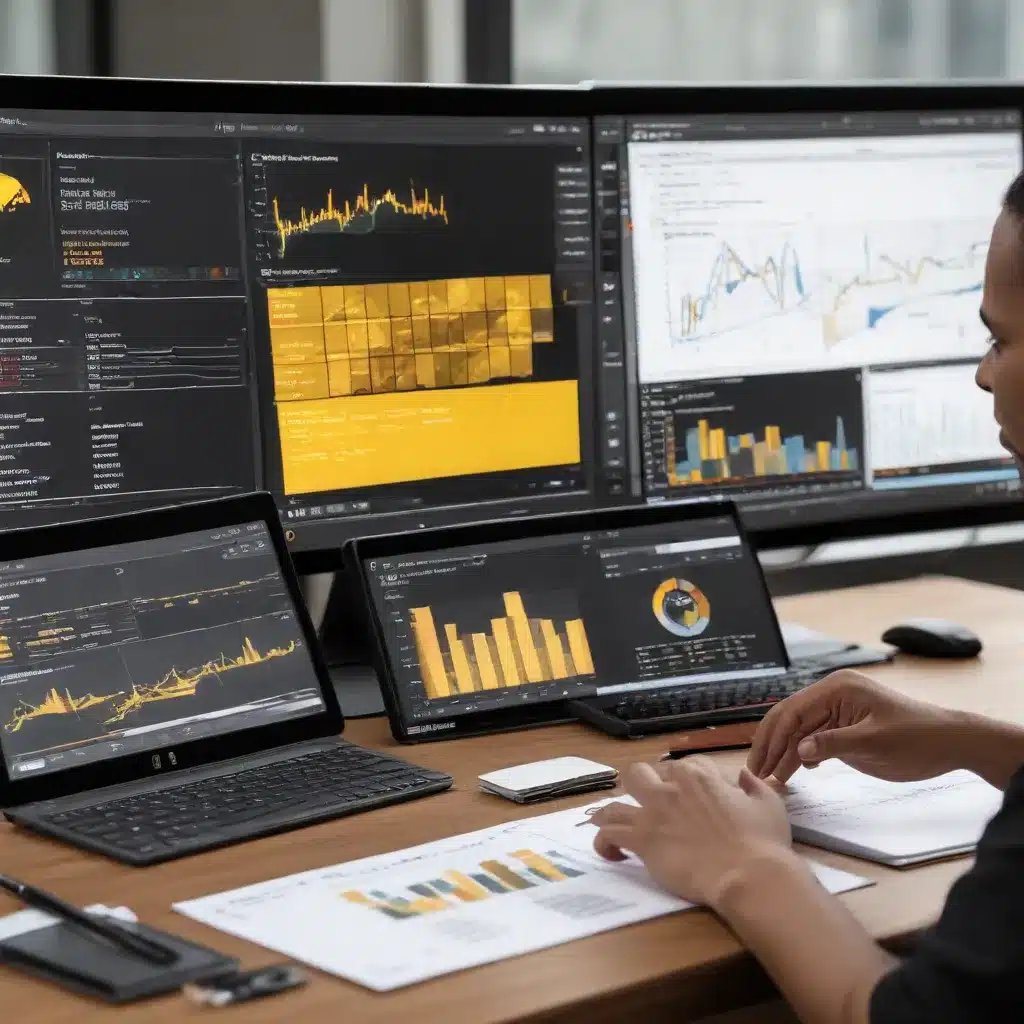
Optimizing Your PC’s Thermal Management for Improved Cooling Performance
As a dedicated PC enthusiast, I understand the importance of maintaining optimal thermal conditions for your system. Proper thermal management is crucial for ensuring your hardware operates at peak performance, extends its lifespan, and avoids potential issues like throttling or sudden shutdowns. In this comprehensive guide, we’ll explore various strategies and techniques to help you optimize your PC’s cooling capabilities.
PC Hardware Components
The foundation of effective thermal management starts with understanding the key components in your system and their unique thermal characteristics. Let’s take a closer look at the primary heat-generating elements:
Motherboard
The motherboard acts as the central nervous system of your PC, connecting all the crucial components. While it may not generate as much heat as the CPU or GPU, the motherboard’s chipset and power delivery circuitry can still contribute to the overall thermal load.
CPU
The central processing unit (CPU) is often the most significant heat producer in a PC. As it processes complex instructions and calculations, the CPU generates a substantial amount of heat that needs to be effectively dissipated.
GPU
The graphics processing unit (GPU) is another major heat source, particularly in high-performance gaming or content creation setups. Modern GPUs, with their intricate architectures and intense workloads, require robust cooling solutions to maintain optimal performance.
Thermal Management Principles
To understand how to optimize your PC’s cooling, it’s essential to grasp the fundamental principles of thermal management. These principles govern the way heat is generated, dissipated, and maintained within your system.
Heat Generation
Heat is a byproduct of the electrical activity within your PC’s components. The more power a component consumes, the more heat it generates. Factors like CPU clock speeds, GPU workloads, and even the efficiency of your power supply can influence the overall heat production.
Heat Dissipation
To maintain a stable thermal environment, the heat generated by your PC’s components must be effectively dissipated. This is where cooling solutions, such as heatsinks, fans, and liquid cooling systems, play a crucial role in transferring heat away from the critical components.
Thermal Equilibrium
The goal of thermal management is to achieve a state of thermal equilibrium, where the heat generated by the components is balanced by the cooling system’s ability to dissipate it. Maintaining this equilibrium ensures your PC operates within safe temperature ranges, preventing thermal throttling or component damage.
Cooling Solutions
To optimize your PC’s thermal performance, you have several cooling solutions to choose from, each with its own advantages and considerations.
Air Cooling
Air cooling is the most common and cost-effective method of cooling PC components. It typically involves the use of heatsinks and fans to transfer heat away from the CPU, GPU, and other key components.
Liquid Cooling
Liquid cooling systems use a circulating liquid, such as water or a specialized coolant, to absorb and dissipate heat more efficiently than air-based solutions. These systems can provide superior cooling performance, particularly for high-end or overclocked hardware.
Hybrid Cooling
Hybrid cooling combines the benefits of both air and liquid cooling, using a combination of heatsinks, fans, and a liquid cooling loop. This approach can offer a balance of cooling performance and versatility.
Optimizing Thermal Performance
To ensure your PC’s cooling system operates at its best, there are several strategies you can implement to optimize its thermal performance.
Airflow Optimization
Ensuring proper airflow within your PC’s case is crucial for effective cooling. Strategically positioning intake and exhaust fans, as well as managing cable routing, can significantly improve the overall airflow and heat dissipation.
Fan Configuration
The configuration and selection of your case fans play a vital role in thermal management. Factors like fan size, speed, and placement can be adjusted to enhance cooling efficiency.
Heatsink Selection
Choosing the right heatsink for your CPU and GPU is essential. Factors like heatsink size, fin design, and compatibility with your components can impact the cooling performance.
PC Overclocking and Thermal Considerations
Overclocking your PC’s hardware can provide a performance boost, but it also increases the thermal load on your system. Careful consideration of thermal management is crucial when overclocking.
Overclocking Risks
Pushing your hardware beyond its stock specifications can generate significantly more heat, which, if not properly managed, can lead to thermal throttling, system instability, or even component damage.
Temperature Monitoring
Regularly monitoring your PC’s temperatures, both under load and at idle, is essential for identifying potential issues and ensuring your cooling solution is performing effectively.
Thermal Throttling
Most modern CPUs and GPUs employ thermal throttling mechanisms to prevent damage. If your components exceed their safe temperature thresholds, they may automatically reduce their clock speeds to lower the heat output, potentially impacting overall system performance.
Thermal Interface Materials
The quality and application of thermal interface materials (TIMs) play a crucial role in the efficiency of heat transfer between components and their cooling solutions.
Thermal Paste
Thermal paste, also known as thermal compound, is a crucial component in ensuring effective heat transfer between the CPU or GPU and their respective heatsinks.
Thermal Pads
Thermal pads are used to fill gaps and create a seamless interface between components and their cooling solutions, improving heat dissipation.
Thermal Grease
Thermal grease, or thermal compound, is a highly conductive material that helps bridge the microscopic gaps between surfaces, enhancing heat transfer.
Case Airflow Design
The design and configuration of your PC’s case can have a significant impact on its overall cooling performance.
Intake and Exhaust Fans
Strategically placing intake and exhaust fans within your case can create a positive airflow pattern, ensuring hot air is efficiently removed from the system.
Venting and Airflow Paths
Ensuring your case has adequate venting and unobstructed airflow paths is crucial for effective heat dissipation.
Dust Filtration
Incorporating dust filters into your case’s intake and exhaust points can help maintain optimal airflow and prevent the buildup of dust and debris, which can impede cooling performance.
Operating System Thermal Management
Your PC’s operating system also plays a role in thermal management, offering various settings and tools to help optimize cooling performance.
Power Management Settings
Adjusting your PC’s power management settings, such as CPU power profiles and thermal throttling thresholds, can have a significant impact on heat generation and cooling requirements.
Task Prioritization
Certain tasks or applications may demand more resources from your CPU and GPU, leading to increased heat production. Prioritizing these tasks and managing their workloads can help maintain optimal thermal conditions.
Thermal Monitoring Tools
Utilizing built-in or third-party thermal monitoring tools can provide valuable insights into your system’s temperatures, allowing you to identify and address any potential issues.
Benchmarking and Performance Testing
To ensure your PC’s cooling solution is performing as expected, it’s essential to conduct regular benchmarking and performance testing.
CPU Stress Tests
Running CPU stress tests, such as Prime95 or Intel Burn Test, can help you assess the thermal performance of your CPU cooling solution under intense workloads.
GPU Stress Tests
Similarly, GPU stress tests, like FurMark or 3DMark, can help evaluate the effectiveness of your GPU cooling system.
Thermal Imaging
Utilizing thermal imaging cameras or software can provide a visual representation of heat distribution within your PC, helping you identify hot spots and optimize airflow.
Maintenance and Troubleshooting
Regular maintenance and troubleshooting are crucial for maintaining optimal thermal performance over the long term.
Dust Removal
Regularly cleaning your PC’s interior, including fans, heatsinks, and vents, can help prevent the buildup of dust and debris, which can impede airflow and cooling efficiency.
Fan and Heatsink Inspection
Checking the condition of your fans and heatsinks, and ensuring they are functioning correctly, is essential for maintaining effective cooling.
Thermal Paste Reapplication
Over time, the thermal paste between your CPU or GPU and their respective heatsinks may degrade, necessitating a reapplication to ensure proper heat transfer.
PC Cooling Upgrades
If your existing cooling solution is not meeting your needs, there are various upgrade options to consider for improved thermal management.
Aftermarket CPU Coolers
Upgrading to a high-performance aftermarket CPU cooler, whether air-based or liquid-based, can significantly enhance your system’s cooling capabilities.
GPU Cooling Solutions
Investing in a dedicated GPU cooling solution, such as a custom water block or an aftermarket heatsink and fan, can dramatically improve the thermal performance of your graphics card.
Chassis Upgrades
Replacing your PC’s case with a model that offers better airflow, additional fan mounts, and improved cable management can contribute to enhanced cooling efficiency.
Thermal Management for Laptops
Thermal management in laptops presents unique challenges due to the compact design and space constraints, but there are still strategies to optimize cooling performance.
Cooling Design Challenges
The limited internal space and proximity of components in laptops make thermal management more complex, requiring innovative cooling solutions.
Thermal Throttling Mitigation
Laptops often employ thermal throttling mechanisms to prevent overheating, which can impact performance. Monitoring and managing these throttling thresholds can help maintain optimal performance.
External Cooling Accessories
Utilizing external cooling accessories, such as laptop cooling pads or stands, can help improve airflow and heat dissipation for portable systems.
Advanced Thermal Management Techniques
For enthusiasts and advanced users, there are some more specialized thermal management techniques to consider.
Liquid Metal Thermal Interface
Replacing traditional thermal paste with a liquid metal interface can significantly improve heat transfer between components and their cooling solutions.
Phase Change Cooling
Phase change cooling systems use refrigeration technology to provide even more effective heat dissipation than traditional liquid cooling setups.
Thermoelectric Cooling
Thermoelectric cooling, or Peltier cooling, leverages the Peltier effect to actively move heat away from components, offering a unique and highly efficient cooling approach.
By implementing the strategies and techniques outlined in this comprehensive guide, you can optimize your PC’s thermal management and enjoy improved cooling performance, extended component lifespan, and enhanced system stability. Remember, regular maintenance and monitoring are key to maintaining optimal thermal conditions for your PC. Happy cooling!












